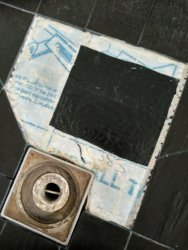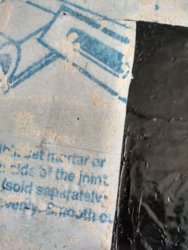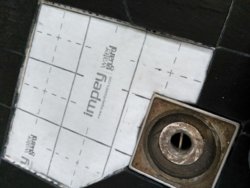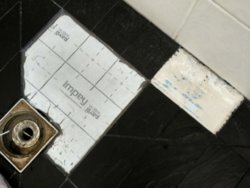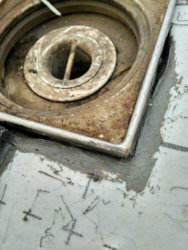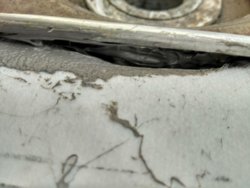Thanks hmtiling, good to know.
I don’t like the idea of using Tilesafe membrane personally, whether you get the sealant or not.
£50 materials to repair the tanking on a wet room, I wouldn’t consider to be excessive.
I think the physical membranes option is out of the question. That’s the fault with these membranes, you are relying on a non waterproof tile adhesive to provide the seal, usually by a large overlap. 1cm is not enough. (I’m talking about Homelux)
I’d say that paint on is your only option really.
Isn’t Tilesafe membrane too thick? Just taken a second look at your pictures
Agreed on the Homelux. That's struck out.
Yeah, I'm thinking jointing areas Tilesafe tape plus membrane patch maybe too thick - it's tight.
BTW any reason why you don't like the Tilesafe for this case use? If I tape with the correct overlap, what can go wrong with it?
Just noticed that I've cut away a join section of 1cm with no membrane to tape to. Can I still paint over as is with the Tilemaster?
Last edited:

